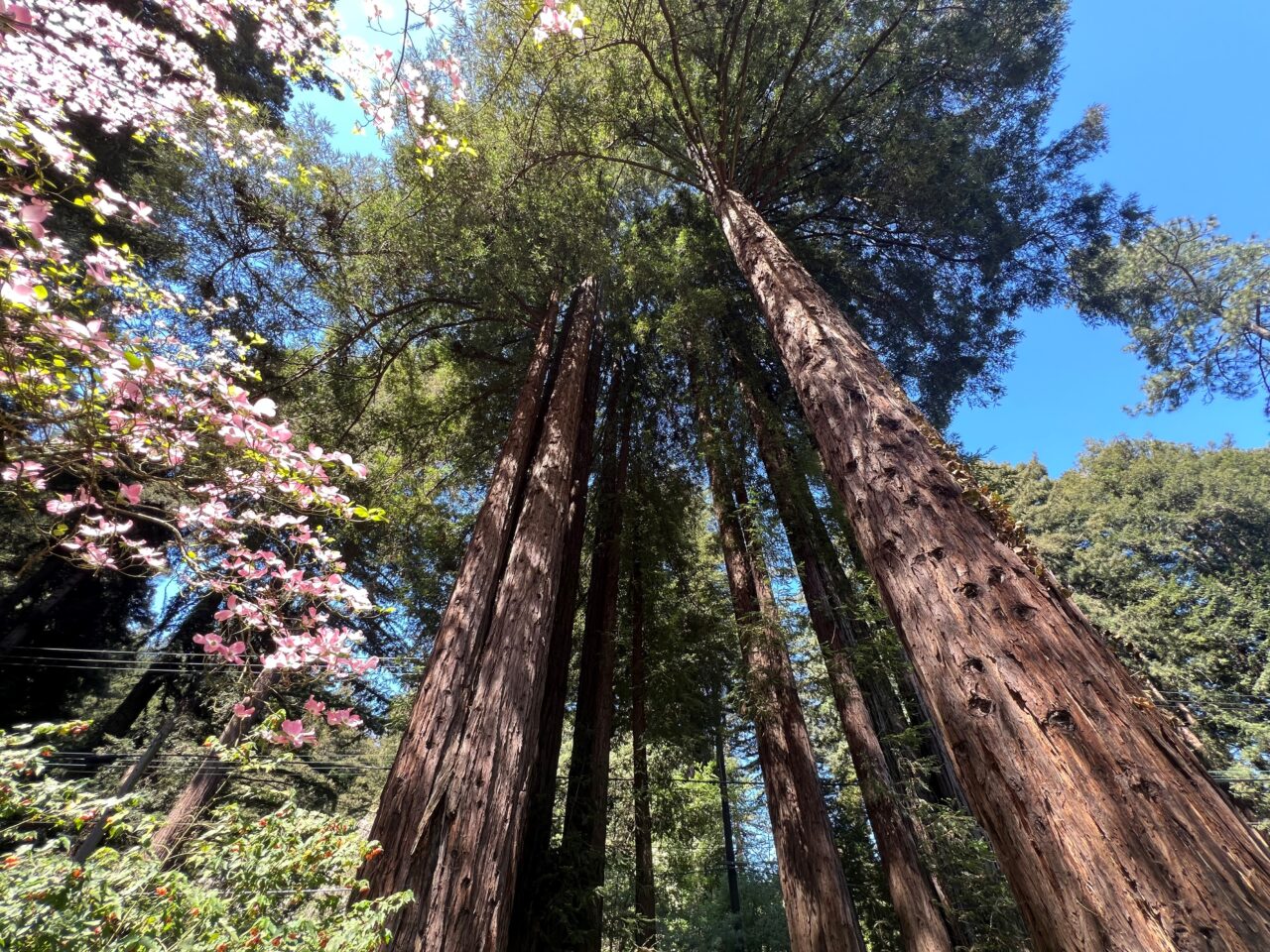Whether at sea, land or in the sky — even outer space — NVIDIA technology is helping research scientists and developers alike explore and understand oceans, wildlife, the climate and far out existential risks like asteroids.
These increasingly intelligent developments are helping to analyze environmental pollutants, damage to habitats and natural disaster risks at an accelerated pace. This, in turn, enables partnerships with local governments to take climate mitigation steps like pollution prevention and proactive planting.
Sailing the Seas of AI
Amphitrite, based in France, uses satellite data with AI to simulate and predict ocean currents and weather. Its AI models, driven by the NVIDIA AI and Earth-2 platforms, offer insights for positioning vessels to best harness the power of ocean currents. This helps determine when it’s best to travel, as well as the optimal course, reducing travel times, fuel consumption and carbon emissions. Amphitrite is a member of the NVIDIA Inception program for cutting-edge startups.
Watching Over Wildlife With AI
München, Germany-based OroraTech monitors animal poaching and wildfires with NVIDIA CUDA and Jetson. The NVIDIA Inception program member uses the EarthRanger platform to offer a wildfire detection and monitoring service that uses satellite imagery and AI to safeguard the environment and prevent poaching.
Keeping AI on the Weather
Weather agencies and climate scientists worldwide are using NVIDIA CorrDiff, a generative AI weather model enabling kilometer-scale forecasts of wind, temperature and precipitation type and amount. CorrDiff is part of the NVIDIA Earth-2 platform for simulating weather and climate conditions. It’s available as an easy-to-deploy NVIDIA NIM microservice.
In another climate effort, NVIDIA Research announced a new generative AI model, called StormCast, for reliable weather prediction at a scale larger than storms.
The model, outlined in a paper, can help with disaster and mitigation planning, saving lives.
Avoiding Mass Extinction Events
Researchers reported in Nature how a new method was able to spot 10-meter asteroids within the main asteroid belt located between Jupiter and Mars. Such space rocks can range from bus-sized to several Costco stores in width and deliver destruction to cities. It used NASA’s James Webb Space Telescope (JWST), which was tapped for views of these asteroids from previous research and enabled by NVIDIA accelerated computing.

Boosting Energy Efficiency With Liquid-Cooled Blackwell
NVIDIA GB200 NVL72 rack-scale, liquid-cooled systems, built on the Blackwell platform, offer exceptional performance while balancing energy costs and heat. It delivers 40x higher revenue potential, 30x higher throughput, 25x more energy efficiency and 300x more water efficiency than air-cooled architectures. NVIDIA GB300 NVL72 systems built on the Blackwell Ultra platform offer a 50x higher revenue potential, 35x higher throughput with 30x more energy efficiency.
Enroll in the free new NVIDIA Deep Learning Institute course Applying AI Weather Models With NVIDIA Earth-2. Learn more about NVIDIA Earth-2 and NVIDIA Blackwell.
